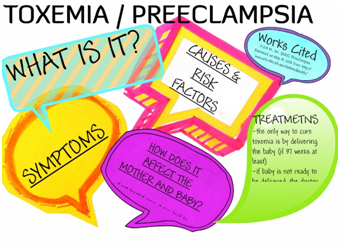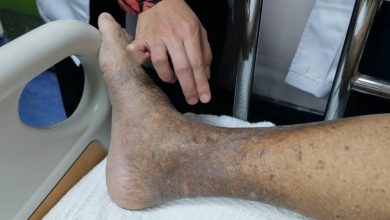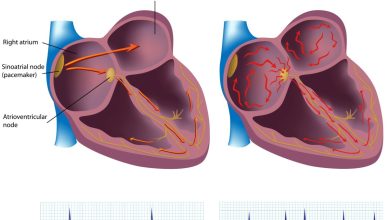Toxaemia Causes, Symptoms, Diagnosis and Treatment

What is Toxaemia?
Toxaemiaa condition in pregnancy, also known as pre-eclampsia (or preeclampsia) characterized by abrupt hypertension (a sharp rise in blood pressure), albuminuria (leakage of large amounts of the protein albumin into the urine) and oedema (swelling) of the hands, feet, and face. Pre-eclampsia is the most common complication of pregnancy. It affects about 5% of pregnancies. It occurs in the third trimester (the last third) of pregnancy.
Causes of Toxaemia
Doctors cannot yet identify one single cause of Toxaemia. But some potential causes are being explored, including:
- Genetic factors
- Diet
- Blood vessel problems
- Autoimmune disorders
- There are also risk factors that can increase your chances of developing preeclampsia. These include:
- Being pregnant with multiple foetuses
- Being over the age of 35
- Being in your early teens
- Being pregnant for the first time
- Being obese
- Having a history of high blood pressure
- Having a history of diabetes
•Having a history of a kidney disorder
Symptoms of Toxaemia
Important to remember that you might not notice any symptoms of Toxaemia. If you do develop symptoms, some common ones include:
- Persistent headache
- Abnormal swelling in your hands and face
- Sudden weight gain
- Changes in your vision
During a physical exam, your doctor may find that your blood pressure is 140/90 or higher. Urine and blood tests can also show protein in your urine, abnormal liver enzymes, and platelet levels.
Diagnosis of Toxaemia
To diagnose Toxaemia, you have to have high blood pressure and one or more of the following complications after the 20th week of pregnancy:
- Protein in your urine (proteinuria)
- A low platelet count
- Impaired liver function
- Signs of kidney trouble other than protein in the urine
- Fluid in the lungs (pulmonary oedema)
- New-onset headaches
- Visual disturbances
Treatment of Toxaemia
Tests that may be needed
If your doctor suspects preeclampsia, you may need certain tests, including:
Blood tests. These can determine how well your liver and kidneys are functioning and whether your blood has a normal number of platelets — the cells that help blood clot.
Urine analysis. A single urine sample that measures the ratio of protein to creatinine — a chemical that’s always present in the urine — may be used to make the diagnosis. Urine samples taken over 24 hours can quantify how much protein is being lost in the urine, an indication of the severity of preeclampsia.
Fetal ultrasound. Your doctor may also recommend close monitoring of your baby’s growth, typically through ultrasound. The images of your baby created during the ultrasound exam allow your doctor to estimate fetal weight and the amount of fluid in the uterus (amniotic fluid).
No stress test or biophysical profile. A no stress test is a simple procedure that checks how your baby’s heart rate reacts when your baby moves. A biophysical profile combines an ultrasound with a no stress test to provide more information about your baby’s breathing, tone, movement and the volume of amniotic fluid in your uterus.
By : Natural Health News




